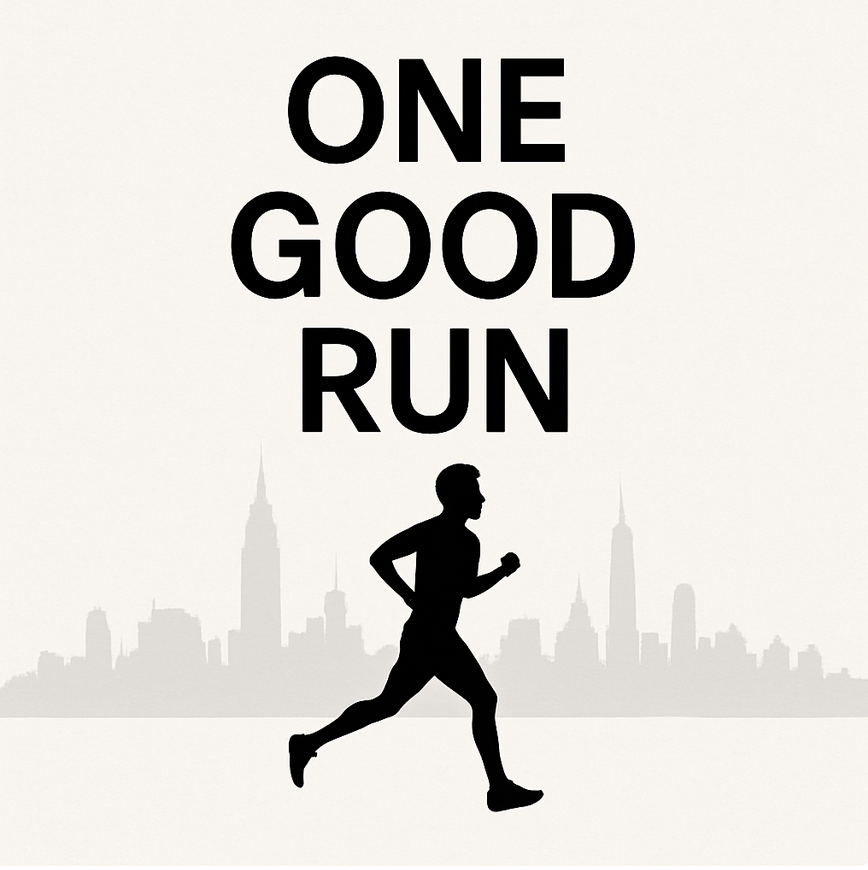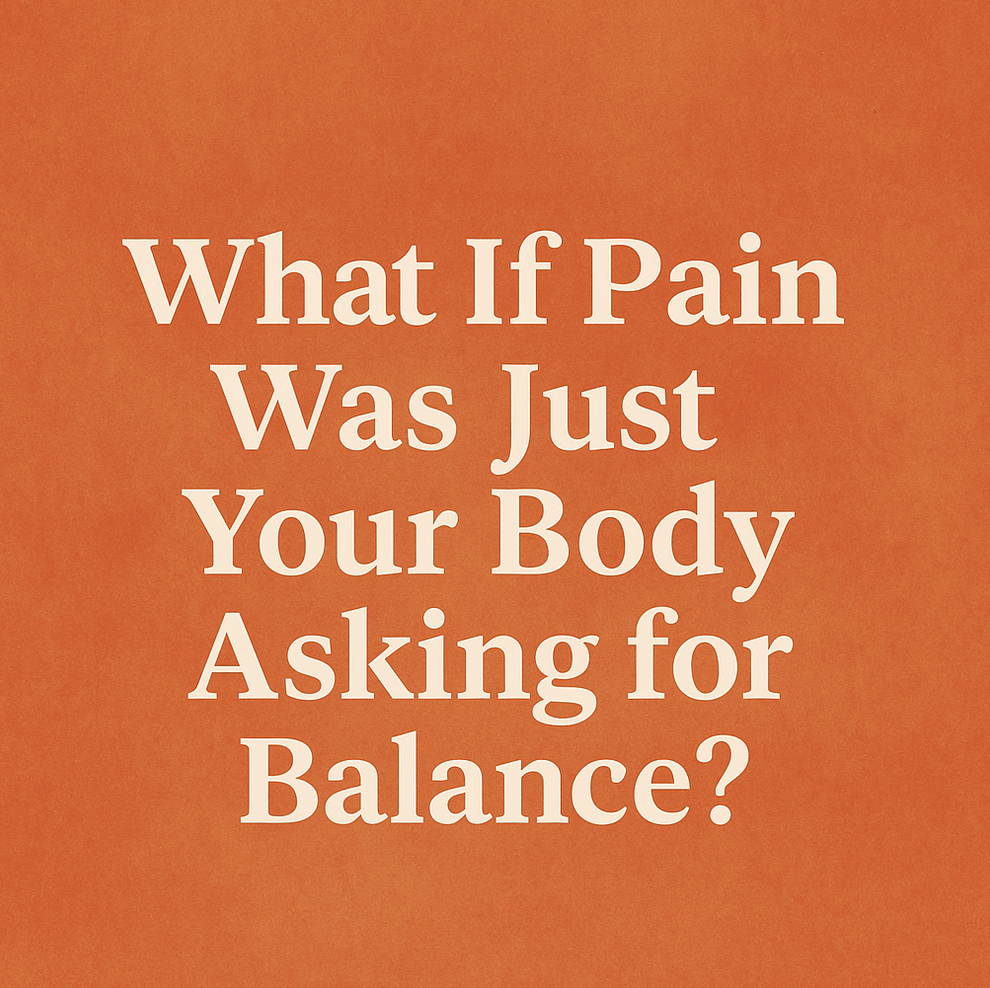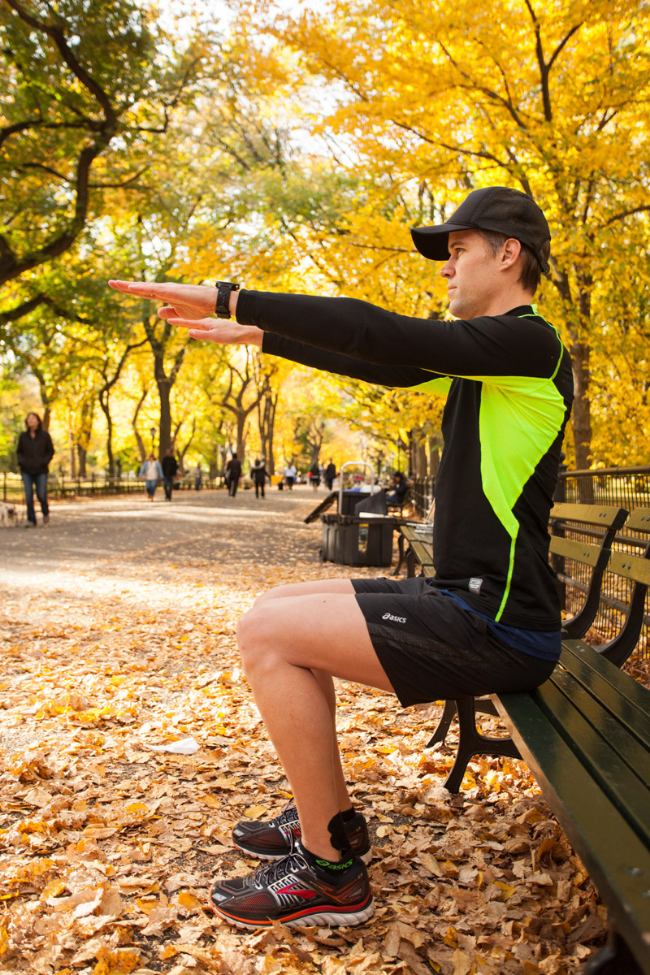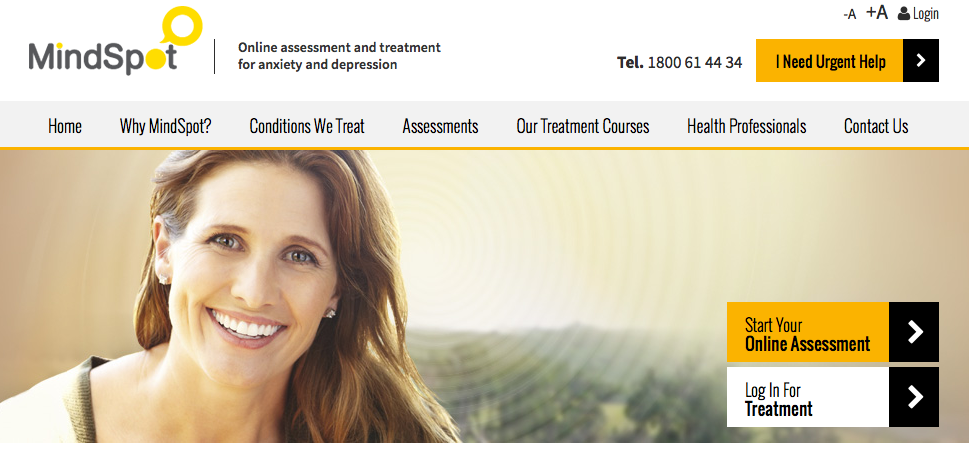1. Chronic disease management through Medicare
Physiotherapists are trained to assess and treat people suffering from chronic health conditions such as diabetes, arthritis and chronic pain. Physios focus on optimising movement to ensure independence. Medicare will refund $50.95 for up to 5 services per calendar year under the Enhanced Primary Care Initiative. To be eligible for this benefit, you will require a referral from your GP.
2. Stress relief
Many people suffering increased stress would benefit from an assessment by a Physiotherapist. We know that a lot of us carry stress and tension in the neck and shoulders. This can be aggravated by poor posture and sitting behind a computer all day.
Physios can show you specific breathing exercises, provide massage and dry needling to tight muscles and prescribe specific exercises to improve posture. When your posture is good and you feel pain-free and confident, your resilience to stress is increased dramatically. Make a booking with us here.
3. Weight loss
We see many people with great intentions to lose weight. Early on, the motivation is high, and often there is a tendency to push the body past its physical limitations. Unfortunately, this normally ends in pain and injury.
If you are hoping to lose weight, we would love you to come in for a screening assessment. We can help you keep your body safe and healthy while you embark on your weight loss journey. Prevention is better (& cheaper) than cure!
4. Running assessment
Are you trying to get back into running and things aren't quite feeling right? Or maybe you are trying to reach a new PB? A Running Assessment could be just the thing needed to help identity inefficiencies in your running. We can help you minimise the risk of injury and achieve your potential as a runner. Book online here.
5. Save up to $150 yer year on exercise classes with a Physio referral
If you have health insurance, did you know you can claim approximately $150 per year for 'health improvement benefits'?
This includes activities such as Yoga, Pilates, gym, personal training, swimming classes e.t.c.
A Health Improvement Form needs to be filled out by your Physio or GP to show that a specific health condition will be improved.
For more details, please ask us at your next session :)






































































